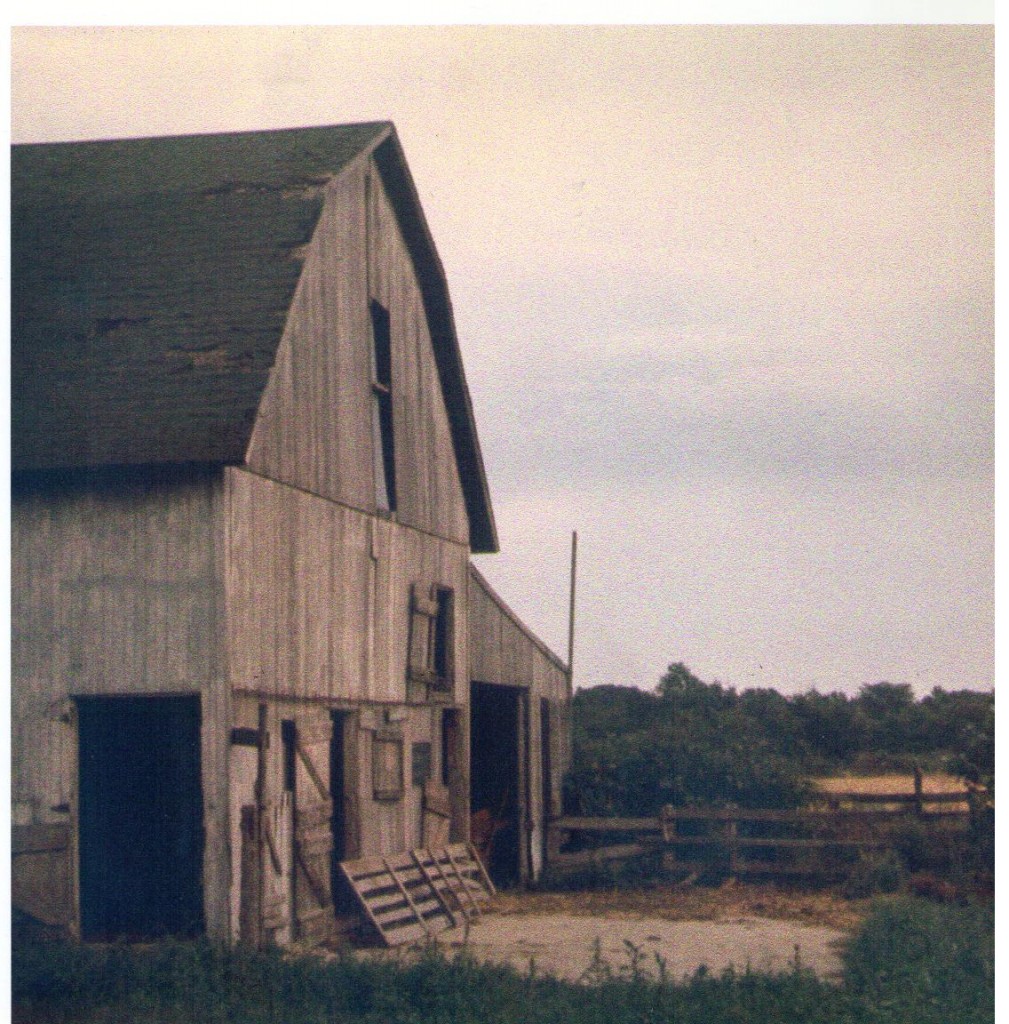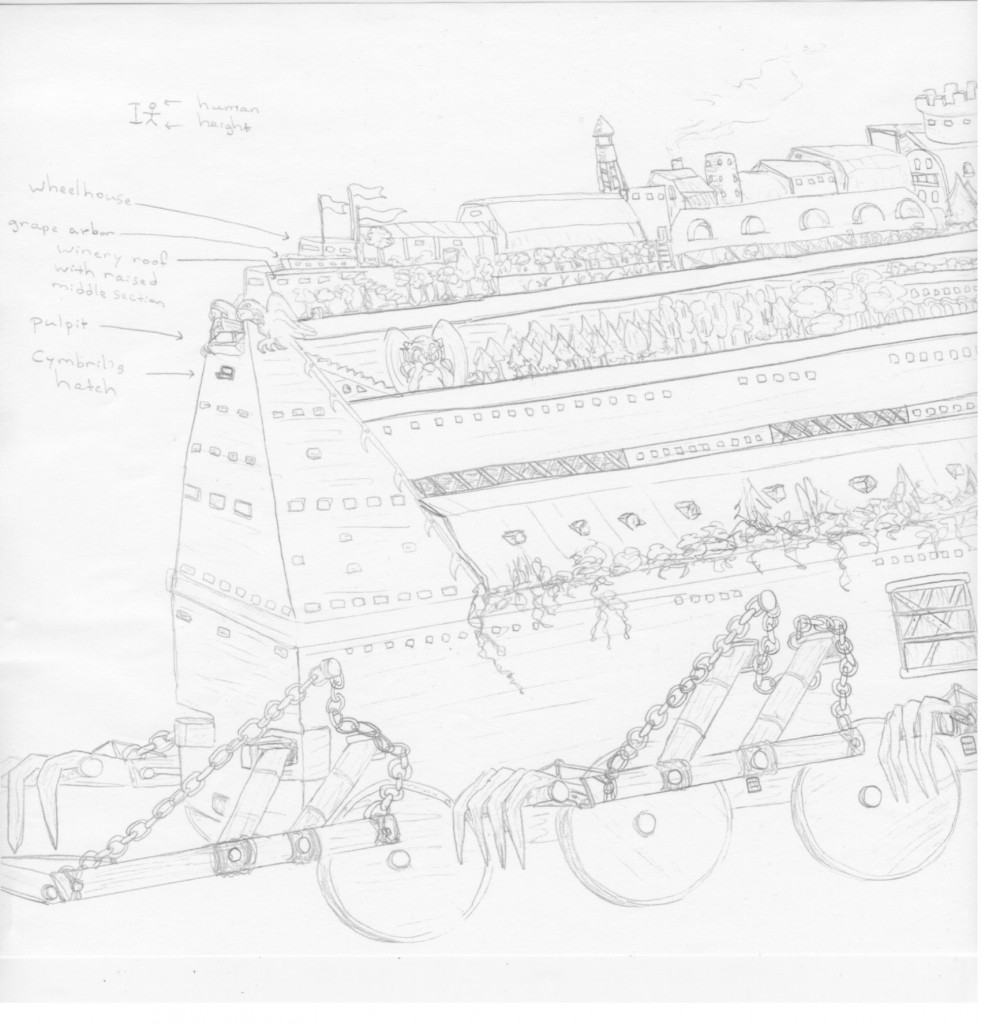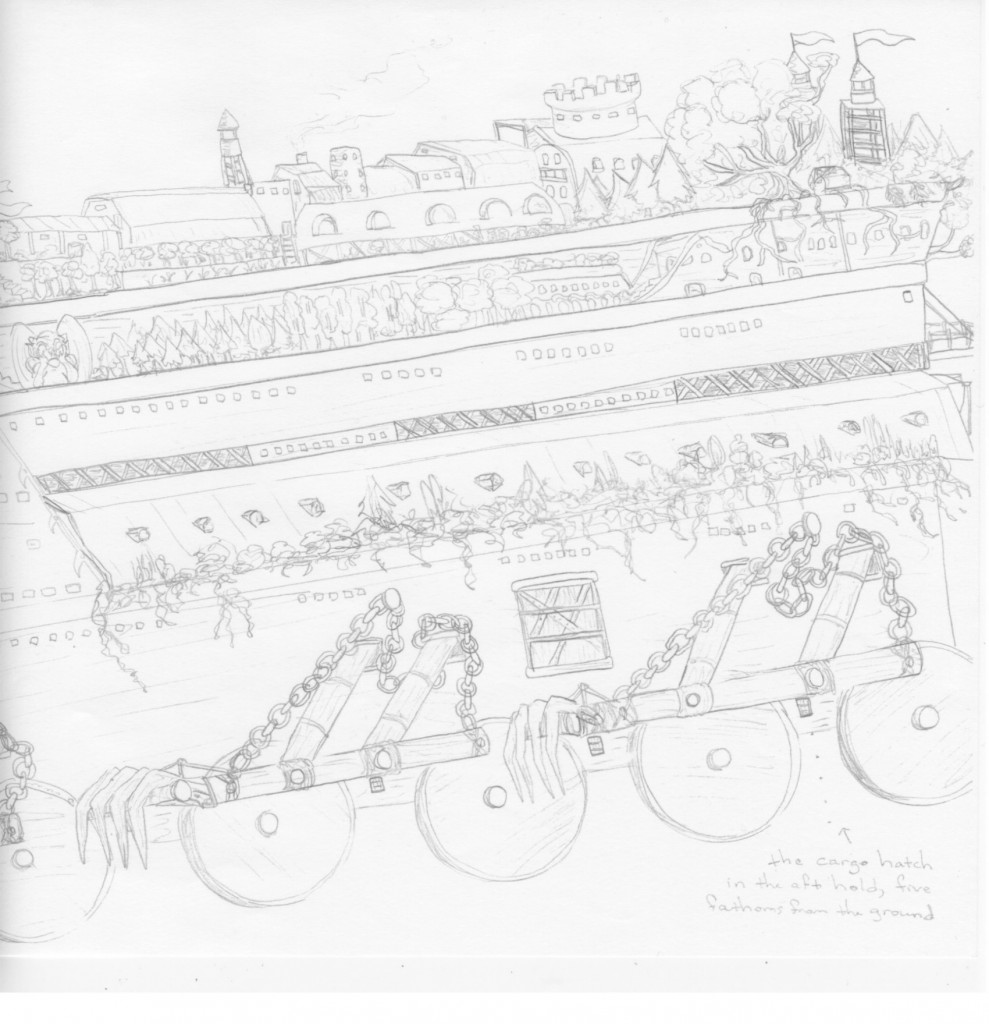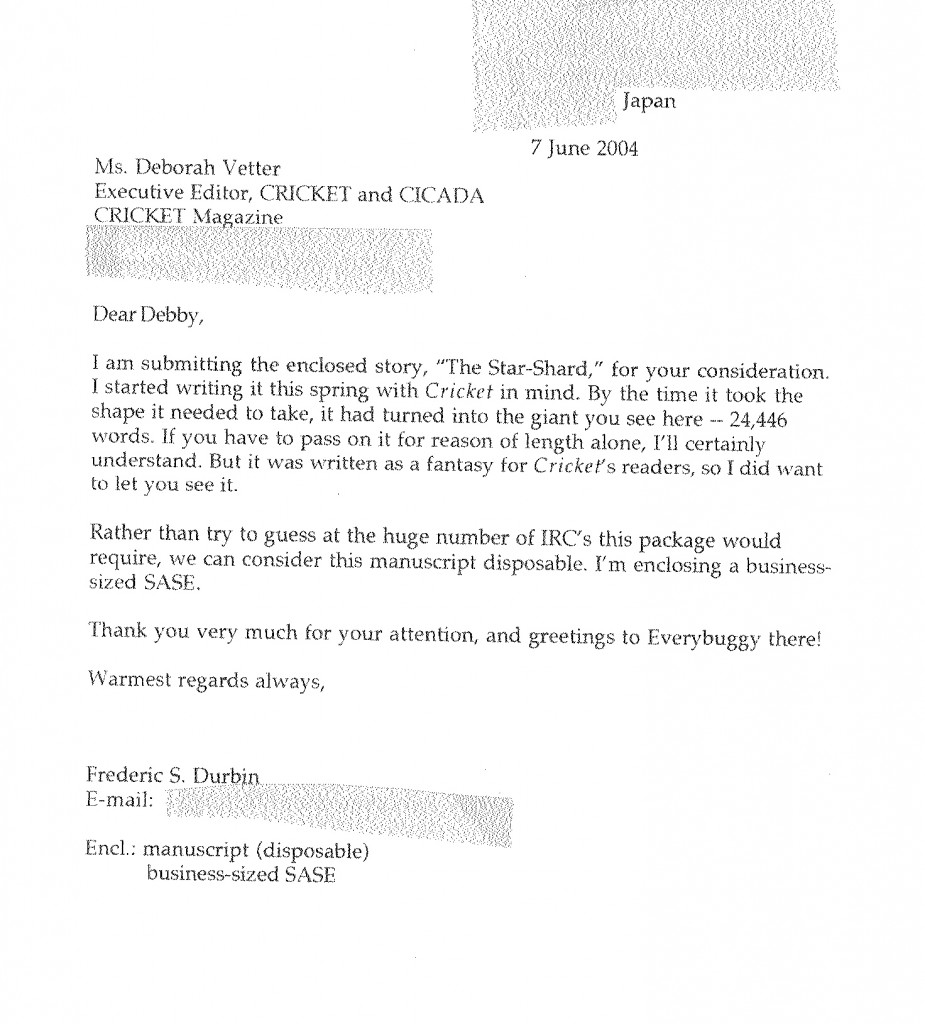Put on your party hats and blow your party horns — it’s STAR SHARD WEEK! Credit for this idea goes to Emily Fiegenschuh, the artist who illustrated “The Star Shard” in its original form in Cricket Magazine. This week on her blog, Emily is celebrating the book’s release with reminiscences, pictures, and never-before-seen-by-the-public sketches of the characters, monsters, architecture, settings, and objects that make up the story’s world. One particularly fascinating aspect is how the concepts emerged as the vision took shape. So stop in throughout this week at Emily’s blog: http://fabledearth.blogspot.com/. (And don’t forget Emily’s main web site, either, at www.e-figart.com, where you can find out all about her work and see all the original illustrations for “The Star Shard” that appeared in Cricket. Also remember that, here on my web site, on the page devoted to The Star Shard, there are links to the archived discussions Emily and I had with young readers, writers, and artists during the year of the story’s serialization; and there are links to the fan art that readers sent in to Cricket.)
Here on my blog, I also intend to celebrate STAR SHARD WEEK with daily posts on various aspects of the story and book. If there are particular topics you’d like me to address, please let me know!
Today — Sunday, Day One — the topic is the Thunder Rake. Just as the town of Harvest Moon is in many ways the real “star” of my novel Dragonfly, the Thunder Rake lies at the heart of this story. It is the environment that has shaped the main character Cymbril in her formative years; it is her prison, her playground, and the only home she has known.
The Thunder Rake is a wooden city on wheels. A ship of the land . . . a rolling fortress . . . it is a defense against robbers and wild beasts, and it is the bringer of goods both mundane and exotic to the people of the far-scattered towns and cities. For slaves like Cymbril, there is no escape from the Rake: even if one could get past the guards and through one of the massive, shut gates or hatches, the wilderness is full of peril, and the Rake’s Master has friends in every community.
Yet for all its confinement and drudgery, the Rake also harbors endless mystery. Its dim corridors call out to Cymbril, begging to be explored. There are dangling crank baskets and stairways; there are crawl spaces, secret chambers, fading inscriptions, and a limitless supply of intriguing paraphernalia, some of it apparently forgotten. Along the darkest stretches, torchmoss casts its pallid glow over the fading outlines of the past. No one knows precisely how many decks the Rake has, for its ongoing construction has jammed buildings into courtyards and bridged gulfs with new balconies. Ceilings on the topmost level can be drawn back on summer nights to let in the breeze and starlight. In this rumbling warren, the passages have names like streets.
Where did the idea of the Thunder Rake come from? From many places, I’m sure. But probably chief among them is the barn in which I spent countless happy hours as a kid:
The barn didn’t roll from place to place (except when we kids wanted it to, in our imaginations). But the feeling to it, and the way we explored it — yes, that’s where the Thunder Rake came from. There was the same haphazard architecture, new walls, new doors, new stalls added by different farmers with different minds over the years. There were secret hatches, long-lost tools and other treasures, mysteries, bizarre creatures both of the scaly and winged variety, and cats and dogs. There was danger, the ever-present possibility of real injury. And there were portals grown over and sealed shut by vines, too sacred in their living fetters to be forced open.
I remember that when we started out, Cricket’s Editor-in-Chief Marianne Carus asked me if I could give the artist something to go on, a sketch that might help in the design (because in the story, I really don’t say much about the Rake’s external appearance; there’s a bit more in the book, I think, than in the original shorter story). I produced this:
As you can see, when Emily rendered this into actual paintings, she was painstakingly faithful to my design. She made everything look much better, but she clearly studied my sketch and included everything she could identify. (Some of my squiggles are open to interpretation!)
I remember that in my first version of this sketch, I drew the front wheels in a way that showed very obviously that they couldn’t be turned left or right. That would mean that the Rake itself could never be steered! Erase, erase, redraw, redraw . . .
Now here’s an artifact for you: my cover letter when I first submitted the story to Cricket in June, 2004:
Be sure to tune in again tomorrow for Day Two of STAR SHARD WEEK! (And don’t forget to visit Emily’s blog!)




